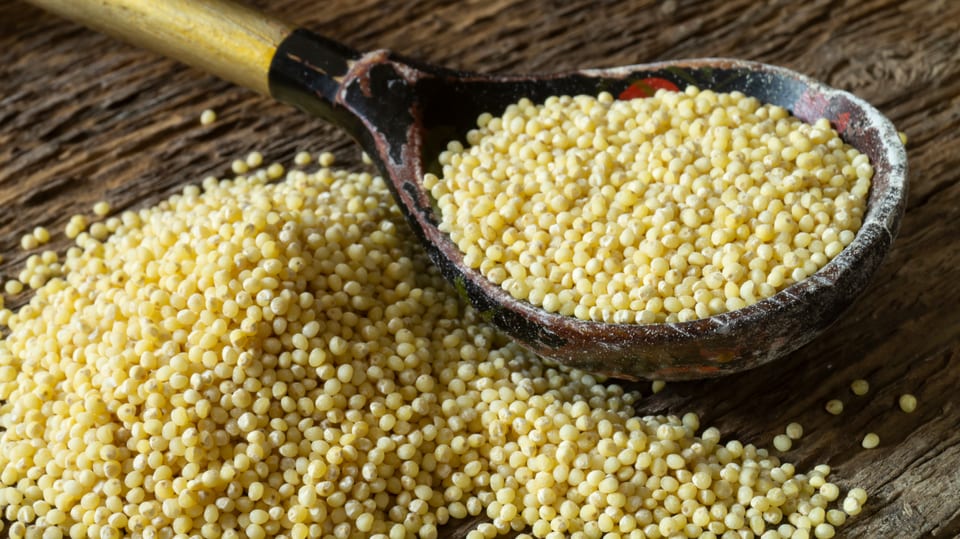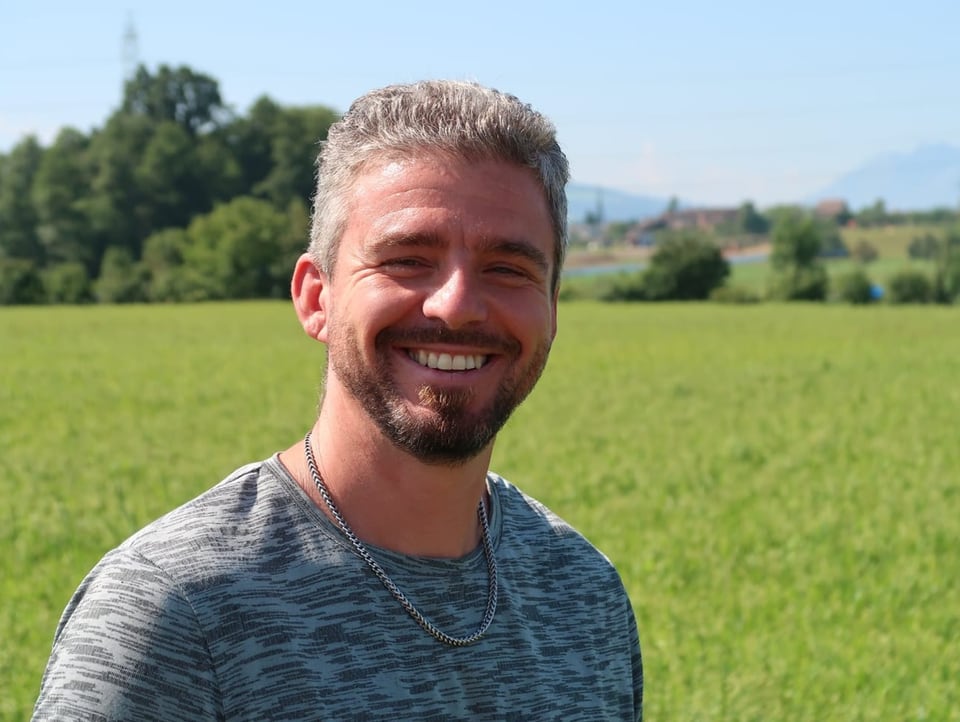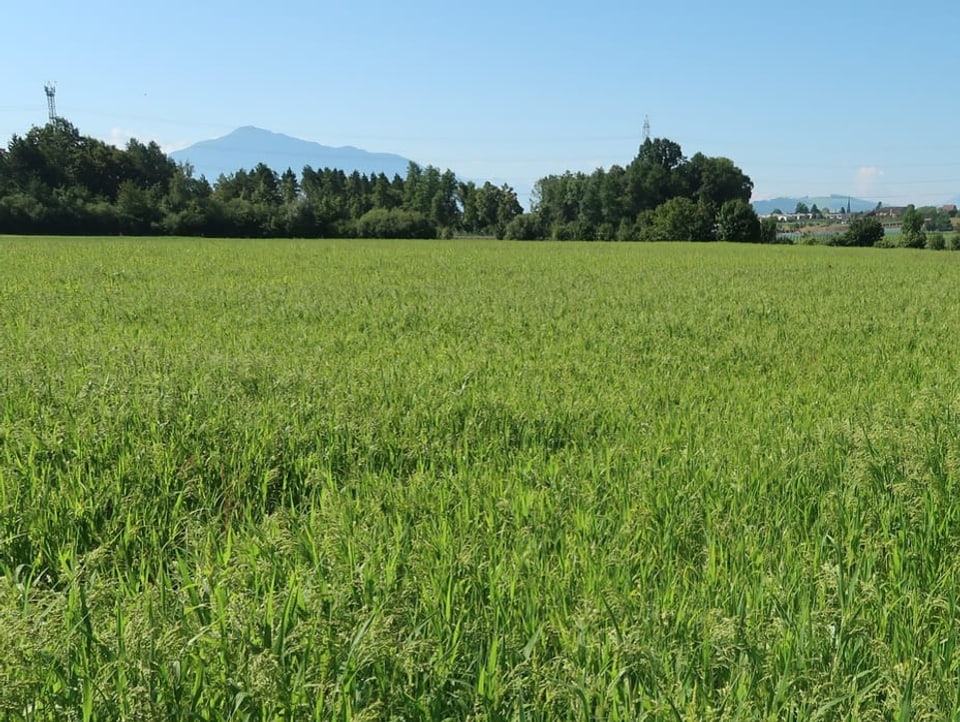Contents
An IG in Cham has been promoting millet since 2013. It is still rare in fields. This could change with climate change.
The small, yellow balls have it all. Millet is a source of iron and protein, contains magnesium and provides vitamins. In terms of nutrition, the grain is in the same league as quinoa, so it falls into the superfood category.
As a gluten-free food, it fits perfectly into the menu plan of allergy sufferers. And is also considered a natural beautifier for nails, skin and hair.
Only: In Switzerland, the old cultivated plant still leads a shadowy existence. According to the industry organization Swissgranum, farmers in this country only plant millet on around 280 hectares. For comparison: the cultivation of bread wheat is 250 times higher.
IG wants to promote the cultivation of the rich grain
However, millet is on the rise. A millet producer from Cham (ZG) also contributed to this. In the hamlet of Bibersee, Peter Werder runs an organic farm and has been planting millet for ten years. On the one hand proso millet for beer, whiskey, local pastries and sausages. On the other hand, feed millet for his laying hens.
His father got him interested in it. Back then, Bruno Werder founded the interest group IG Hirse Cham. Their goal: to promote the cultivation and use of millet in the canton of Zug.
“I’m always on the lookout for crops that get by with few nutrients,” says organic farmer Peter Werder. Millet was therefore a welcome experiment for him. “Today it is one of my favorite crops in the crop rotation.”
Tough comrade in the field is climate change ready
One of the reasons for this: the short growing season. Millet is ripe after a maximum of 100 days. With wheat, on the other hand, it takes almost ten months from sowing to harvest, depending on the variety.
Millet is planted in June and harvested in mid-September, says Peter Werder. «Before the cultivation there is a nice first hay cut, afterwards there is enough time to sow a crop.»
The drier and warmer it gets, the more beautiful the millet field looks.
Millet is also very frugal. “She needs very little water.” And be heat resistant. “The drier and warmer it gets, the more beautiful the field is.” According to Werder, global warming is creating conditions that favor the cultivation of millet again.
Because it is not yet widespread, there are no pests or diseases in the millet fields here.

Legend:
Millet is a gluten-free grain and therefore suitable for people with celiac disease.
Imago/Panthermedia
The question arises, why don’t more farmers rely on the local superfood? After all, there are around 150 francs for 100 kilograms of organic millet – for wheat it is significantly less at a good 100 francs.
The difference is due to the effort, says Werder. The yield per hectare is significantly higher for wheat, corn or potatoes. And: On the consumer side, millet is still a niche product. The market is correspondingly small.
But Peter Werder doesn’t want to give up. If he has his way, millet should find its way back onto the shopping list. And also increasingly appearing in recipes from restaurant kitchens. Not an easy task. “It takes bite and patience.” Werder remains tough – just like the resistant millet on his field.


